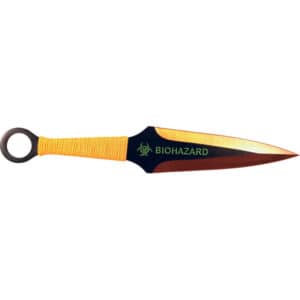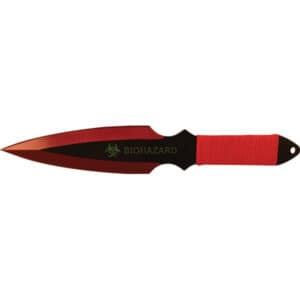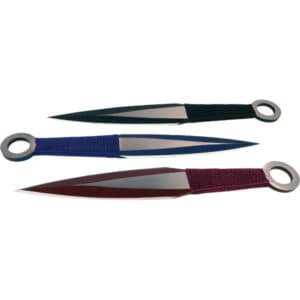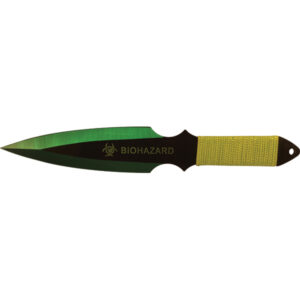I C YOU SURVEILLANCE
free shipping on orders over $25
We’re having a short sale on all our products. Enter your email below to be notified about future sales.

We’re having a short sale on all our products. Enter your email below to be notified about future sales.

Throwing knives are a type of knife designed specifically for throwing. They are typically made from a single piece of steel and have a sharp point at one end and a handle at the other. Throwing knives come in many shapes and sizes, ranging from small pocket-sized blades to large, heavy-duty blades designed for competition use. The most common types of throwing knives are those with a straight blade, but there are also double-edged varieties available as well as packs that feature multiple colors. Throwing knives can be used for both recreational and competitive purposes, as well as self-defense or hunting applications.
1. Choose a throwing knife that is the right size and weight for you. Throwing knives come in a variety of sizes and weights, so it’s important to choose one that fits your hand comfortably and feels balanced when you hold it.
2. Practice your grip. When holding a throwing knife, make sure to keep your fingers away from the blade and wrap them around the handle securely. This will help ensure that you have a good grip on the knife when you throw it.
3. Find an open area to practice in. Before attempting to throw a knife, make sure you have plenty of space to do so safely. You should also wear protective eyewear while practicing with throwing knives, as they can be dangerous if
The laws and regulations regarding the use of throwing knives vary from state to state. In general, it is illegal to carry a throwing knife in public or on your person without a valid permit. It is also illegal to use throwing knives for any purpose other than recreational or competitive target practice. Finally, it is important to note that even if you are allowed to possess a throwing knife in your state, you may still be subject to local ordinances that further restrict its use.
Showing all 4 results




I C YOU SURVEILLANCE
1867 Caravan Trail
#105
Jacksonville, FL 32216
Call us toll free: (800) 859-5566